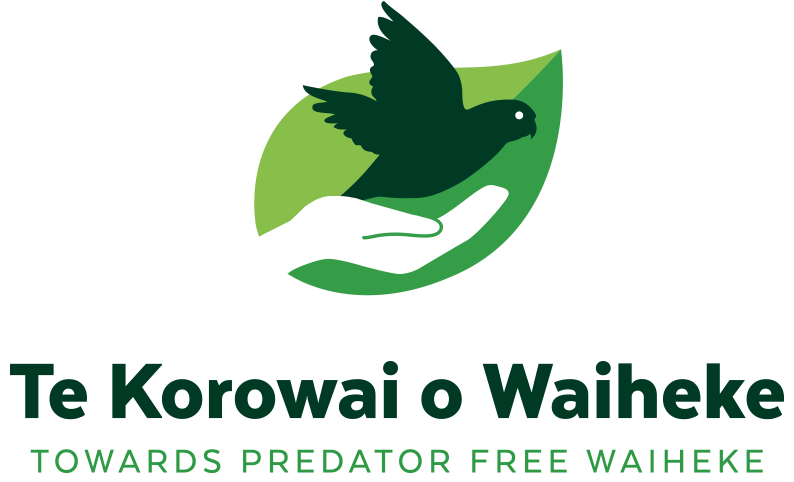Tilde's Talks: Skinks of Waiheke — Native vs. Invasive
You loved Charlie’s Chats, but now we are introducing Tilde's Talks! Tilde Sorensen, a Waiheke local and a Te Korowai o Waiheke Field Team Technician, graduated from the University of Auckland in 2022 with a Master's in bio-security and conservation, specialising in monitoring invasive and native skinks on islands. She played a key role in setting up the stoat pilot on Waiheke Island in 2016 and is currently training to become a stoat detection dog handler.
In her second talk, Tilde shares discusses the species we may often see, but rarely discuss… Skinks.
As spring gets well and truly underway, many of us are emerging from our winter hibernation. Longer days means more time outside, and more time to enjoy the outdoors. Manu such as kererū and tuī are putting on spectacular mating displays and many young fledglings are out and about for the first time.
If we are able to draw our eyes away from the antics in the sky and look down, we may notice other species emerging. Skinks or mokomoko are also becoming more active as the weather warms. Waiheke is home to three species of skink: moko skink, the copper skink, and the plague skink.
The moko skink is the rarest of the species and has only been found in isolated areas on the island. It is characterised by a chocolatey brown stripe running along its sides.
The copper (or common) skink lives up to its name and is widespread across the island.
Both of these species are cryptic (seldom seen) but can live in urban environments. The most common time to see these native species is when gardening or moving objects like wood or corrugated iron. Both species give birth to live young.
The final species on the island is the plague (formally rainbow) skink. As the name suggests, this is an invasive species and is native to Australia. They were first introduced to Aotearoa in the 1960s in a shipment of railway sleepers. The plague skink displays very different behaviours from our endemic species. It is gregarious and they can often be seen basking on stones, decks and even inside houses! If you have noticed skinks in your garden, it is most like the plague skink. Plague skinks live happily side by side with humans who have aided in its dispersal around the country. Skinks and their eggs are transported in plant pots, building materials and even luggage and they are now well established on the north island and upper south island. There are fears that they may outcompete our endemic species as they breed up to five times faster. Plague skinks look similar to copper skinks but can be distinguished by the frontoparietal scale on the tops of their heads and a petrol-like sheen to their scales.
How you can help our native skink species:
If you have space in your garden, create skink hotels with corrugated iron laid flat on the ground or piles of rocks. These areas provide safe places for skinks to shelter and warm up in the sun.
Rat control will also help as they are frequent predators of native reptiles.
Leave spaces in the garden “untidy” to encourage insects and provide more skink habitat. This will also provide food for our manu and pollinators for your garden.
If you are venturing to other gulf islands this summer, check your gear for plague skinks and their eggs.
Don’t handle skinks as they can lose their tails if stressed and overheat if held.
Finally, give cats a good breakfast so they are less likely to hunt skinks as they are warming up for the day.



